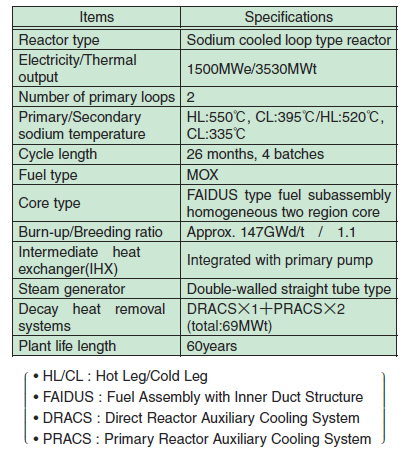Fig.1-5 Concept of JSFR and the innovative technologies
Table1-1 Major Specifications of JSFR

The plant concept of the JAEA sodium-cooled fast reactor (JSFR), one promising candidate for the fast reactor (FR) system that will be a future major energy source, has been established (Fig.1-5). There is a high possibility that this reactor will meet development requirements (safety, economic competitiveness, reduction of environmental burden, efficient utilization of nuclear fuel resources and enhancement of nuclear non-proliferation) and the design requirements of the feasibility study on commercialized fast reactor cycle systems (Phase- I ). The major specifications of this plant are shown in Table1-1.
To improve economy, following innovative technologies are adopted in the reactor design: compact reactor vessel, two-looped heat transport system, integrated intermediate heat exchangers with primary pumps, high-chromium steel, and ODS (Oxide Dispersion Strengthened) steel cladding. Consequently, the amount of plant materials and volume of the building can be greatly reduced, and therefore it is anticipated that the construction cost can be lowered below the design requirement cost (200,000yen/kWe) which is equal to that of future light water reactors (LWRs).
This design adopts a re-criticality free core concept using an innovative fuel assembly with an inner duct to enhance early discharge of molten fuel during core disruptive accidents, and decay heat removal systems depending on natural circulation are adopted for enhancing safety and reliability. Furthermore, to prevent sodium leakage, the whole sodium boundaries are covered with the guard vessels or guard pipings, and double-walled heat transfer tubes for the steam generator are adopted to prevent or minimize a sodium-water reaction. As a result of the above measures, the core damage frequency is estimated to be less than the design requirement (10-6 per reactor year).
In the fuel and core design, a mixed oxide (MOX) fueled core was adopted. In this core concept, higher burn-up can be achieved by using large diameter fuel pins which could increase internal conversion ratio. Further, from the viewpoints of the efficient utilization of nuclear fuel resources and the reduction of environmental burden, trans-uranium fuels including minor actinide (up to 5%) recovered from LWR spent fuels can be loaded, and long-lived fission products can be transmuted into shorter nuclides by installing the target assemblies in the radial blanket zone. As a result, the fuel cycle costs can be reduced greatly by increasing the average burn-up of the whole core including blanket fuels (90-110GWd/t). Accordingly, the power generating costs can be reduced due to improvement of utilization rate by extending the operation period (26 months).
The JSFR concept was selected as one of the representative candidate concepts in the Generation IV international forum. In the future, it is possible that this plant will be developed as the international standard breeding FR concept. Japan shall continue to take the lead in developing sodium-cooled fast reactors.
<Previous: 1 Research and Development of Advanced Nuclear System | Next: 1-3 >